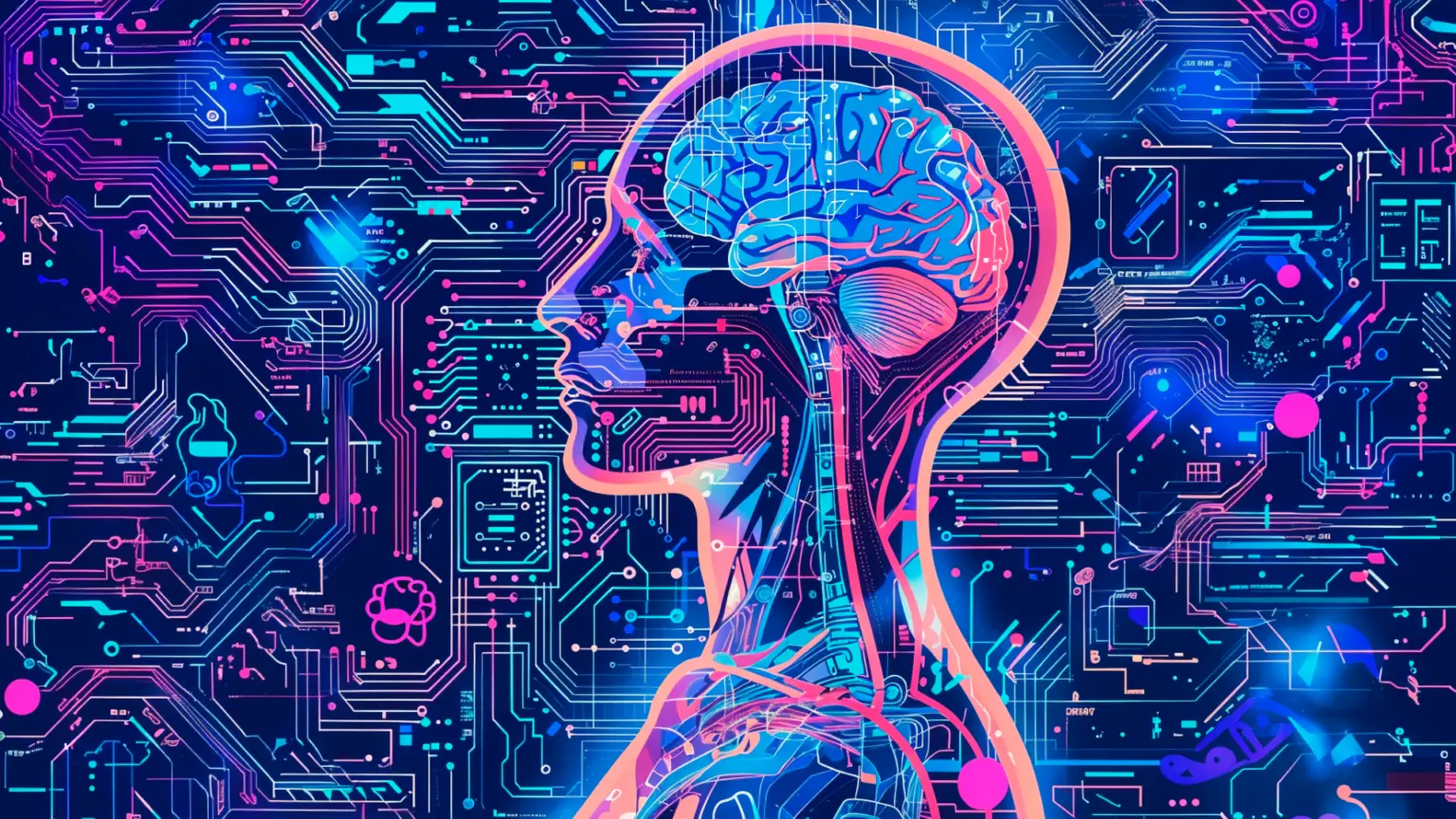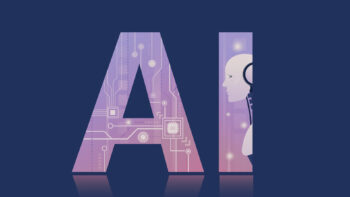In recent months, artificial intelligence agents have become one of the hottest topics in the IT industry. The term has been floating around in the marketing materials of almost all software vendors – from ERP companies to IT management tools. But in the flurry of promises and roadmaps, it is becoming increasingly difficult to understand what lies behind this label.
Because although ‘AI agent’ sounds groundbreaking, the reality is that many of these solutions are simply chatbots with a new name. For IT teams, integrators and CIOs, this has significant consequences – misdiagnosis of the technology can lead to misguided investments and, in the long term: a loss of customer and user trust.
Agent fashion – but what does it actually mean?
Agent AI is one of the most abused buzzwords in vendor directories today. In many cases, ‘agent’ is referred to as simple AI components that process user commands to a limited extent. As with generative AI, the phenomenon of so-called ‘AI washing’ – the attribution of competences to the technology that it does not actually yet possess – has begun to dominate the market.
As a result, it is becoming increasingly difficult for many IT decision-makers to distinguish between innovation and marketing. Is a new feature in a device fleet management tool a real agent, or just an extended interface for asking prompts?
What an AI agent is not: chatbots, copilots and other illusions of autonomy
Although chatbots and co-pilots (copilots) are sometimes presented as agents, in practice they are solutions with much less autonomy. Chatbots respond to queries within predefined scripts or language models. Copilots – even those based on LLM models – perform actions in response to specific user commands, with no initiative or persistent memory of their own.
Both approaches are useful, but they are far from defining an ‘agent’ as a system capable of acting independently, making decisions and adapting to a changing context. This difference – although seemingly subtle – is of great importance when assessing the maturity of a technology.
What is an AI agent?
In simple terms, an AI agent is software that:
– has a permanent memory, enabling it to learn from past interactions,
– makes decisions autonomously, rather than simply following user instructions,
– works proactively, identifying objectives and carrying out tasks without constant human supervision,
– can work with other agents to create complex systems.
Such systems are still at an early stage of development. Examples include so-called multi-agent frameworks – sets of autonomous AI modules that work together to perform complex tasks, such as data analysis, process optimisation or incident management.
Except that… there are very few such solutions available on the market today. Gartner estimates that among the thousands of players offering ‘AI agents’, only around 130 actually meet the technological criteria to be considered the seeds of true agent systems.
Why does this distinction matter?
For CIOs and IT teams, distinguishing real agents from marketing labels has a practical dimension. Investment in immature technologies can lead to:
– failed implementations that generate more problems than benefits,
– excessive integration costs because the systems are not designed for true automation,
– the disappointment of users who expect ‘intelligent assistants’ but only get another chat window.
For integrators and the sales channel, this poses an additional challenge – how do you convince the customer of a technology that, on the one hand, is fashionable but, on the other, often unprepared for implementation in a production environment?
It is also worth noting that end users are increasingly understanding the technology – and this means that any failed attempt to sell ‘AI agents’ in the form of simple chatbots could destroy brand trust for years to come.
How do you recognise a genuine AI agent?
When evaluating solutions, it is worth reaching for a specific checklist. Here are some key questions that every CIO or integrator should ask before investing in a tool referred to as an ‘agent’:
– Does the system have a permanent memory of the user, context and previous actions?
– Can it act without a clear impulse from a human being?
– Does it make decisions in a changing environment – e.g. with inaccurate data?
– Does it interact with other IT system components – or other agents?
– Does it have access control, audit interface and security mechanisms typical of production systems?
If the answer to these questions is ‘no’ – we are probably dealing with another chatbot, not an AI agent.
What next – invest, experiment, wait?
This does not mean that AI agents should be ignored. On the contrary, it is a technology that is very likely to change the way IT systems operate in the coming years. But – like any disruptive innovation – it requires patience, testing and a very realistic approach to the possibilities today.
It is worth investing where the technology has the potential for a quick return: in automation of routine tasks, integration with the back-office, improvements in the helpdesk or records management. On the other hand, it is worth avoiding spectacular ‘full AI agent’ deployments without thorough testing and a migration plan.
Failures must also be expected – according to Gartner, more than 40% of AI agent projects will fail by 2027, mainly due to misjudging the readiness of the technology and underestimating costs.












